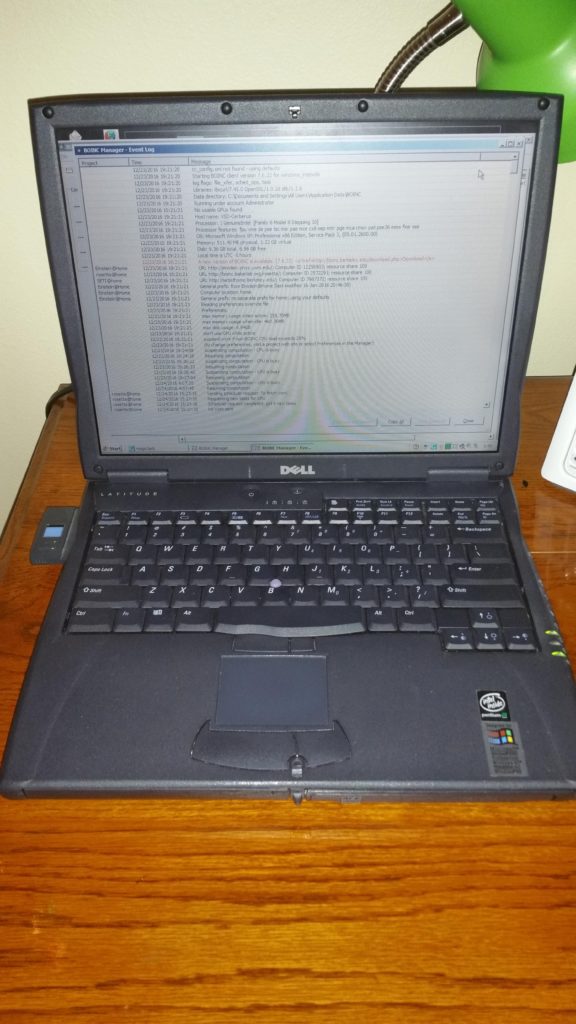
This particular artifact was brought to me in the hope that I could make it operational once more. Even though at the time it was barely old enough to be considered “retro”, much less something worthy of archaeological consideration, there is something satisfying about reviving an old piece of hardware. In this particular case, the problem ended up being a dead LCD. Whatever other problems Dell’s may have, availability of service manuals and parts is not one of them. The screen was easy to obtain on eBay for not very much money and the manuals are available for free online from Dell. The repair was not very difficult and after the screen was replaced, it worked like a charm.
The Dell C600 has the following basic stats:
- Chipset: Intel 440BX
- CPU: Intel PIII Mobile
- RAM: PC100 SDRAM (two user accessible SODIMM sockets
- Graphics: ATI Mobility M3 (8 MB)
- Network: 3Com 10/100 LAN
- Modem: 56K V.90 Mini-PCI
When I first obtained it, it had a 750 MHz processor, either 128 or 256 MB of RAM and Windows 2000 installed. Never content to leave these things as they are I immediately set off to see how far I could upgrade it. It turned out that there a couple of basic but fairly significant upgrades that could be done. First, the RAM was upgradeable to 512 MB so I immediately sought out the necessary RAM and did the replacement. The RAM was easily accessible so this was a 5 minute job.
Secondly, the CPU was upgradeable to 1 GHz. This was a fairly significant speed bump so I went ahead and performed this upgrade also. Changing out the CPU is a little harder since you have to do some fairly significant disassembly in order to get to the CPU. However, as mentioned earlier, Dell technical manuals are readily available and it isn’t a very difficult job as long as you know in what order to take things apart and put them back together again.
The hard drive is only 20 GB and it could probably be upgraded to something larger and maybe even a little faster but I haven’t found it necessary for my purposes. Maybe if and when I decide to install Linux.
Neither upgrade presented a problem and the only extra step I had to do was to make sure that the BIOS was upgraded to the latest and greatest before installing the new CPU. This machine was already pretty old when I did the upgrades (about ten years ago) so the parts were cheap and they made for a significant speed increase. It has had a couple of different Windows versions on it but is currently running Windows XP. Post upgrade, here is what CPU-Z says about this machine:
So what do I use it for? Briefly, it served as a hard drive emulator for a Commodore 64 and still may go back to performing that duty eventually. I also used it for a while as a spare laptop to surf the net and do other basic internet stuff with (I added a Wireless-G card to one of the cardbus slots for this purpose). This was before web browsing became virtually impossible with such a low spec machine. Currently, I use it for IP phone service via Magic Jack since it is inconvenient to plug the Magic Jack device directly into my router and the Wi-Fi adapter I was using for it was a piece of junk that never worked right. Also, as with all old machines I come across that it is technically feasible on, I decided to see what it could do on BOINC, crunching seti@home and einstein@home work units in this case. I’m sure it helps to bring in a Gridcoin or two on occasion :). Check out its progress here.
latitude-c600_administrator-guide_en-us 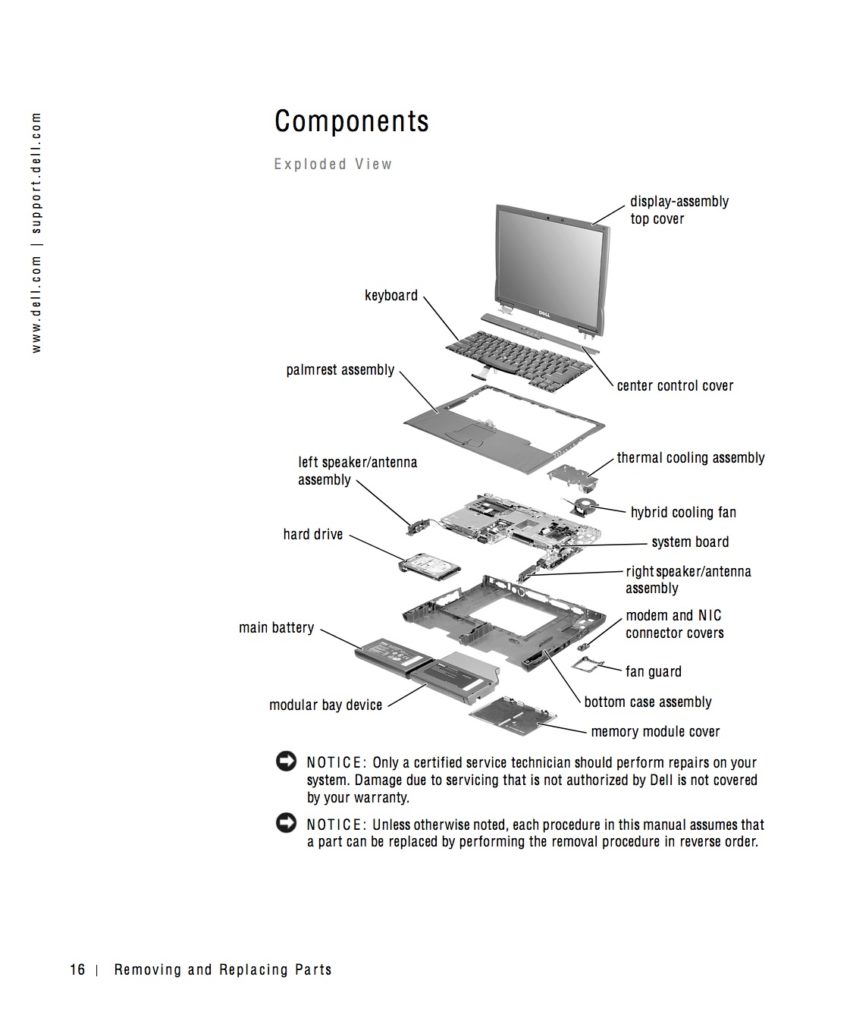 latitude-c600_users-guide_en-us
latitude-c600_users-guide_en-us
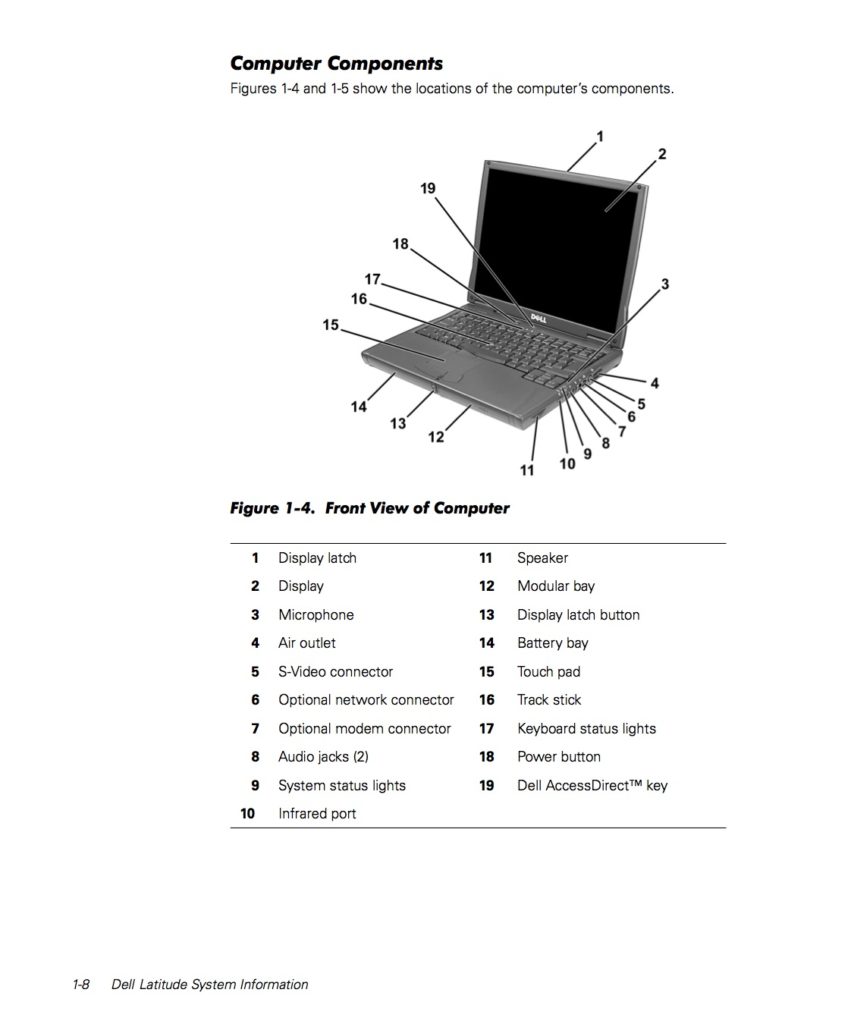

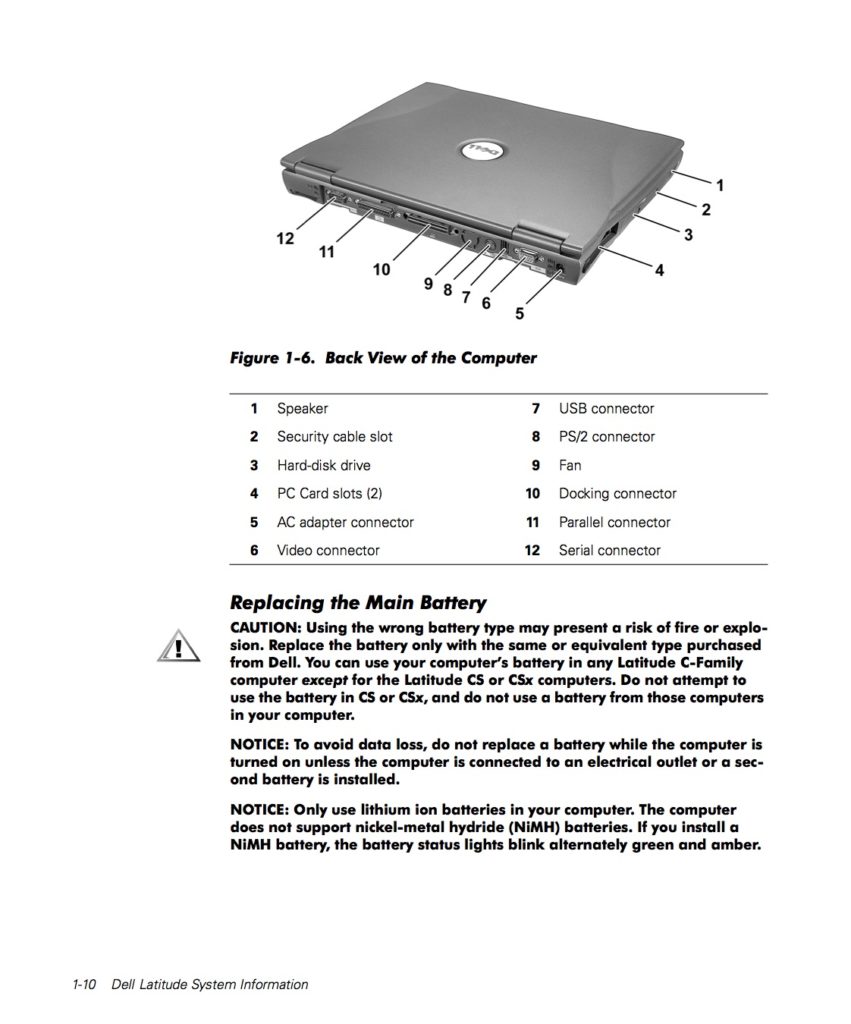
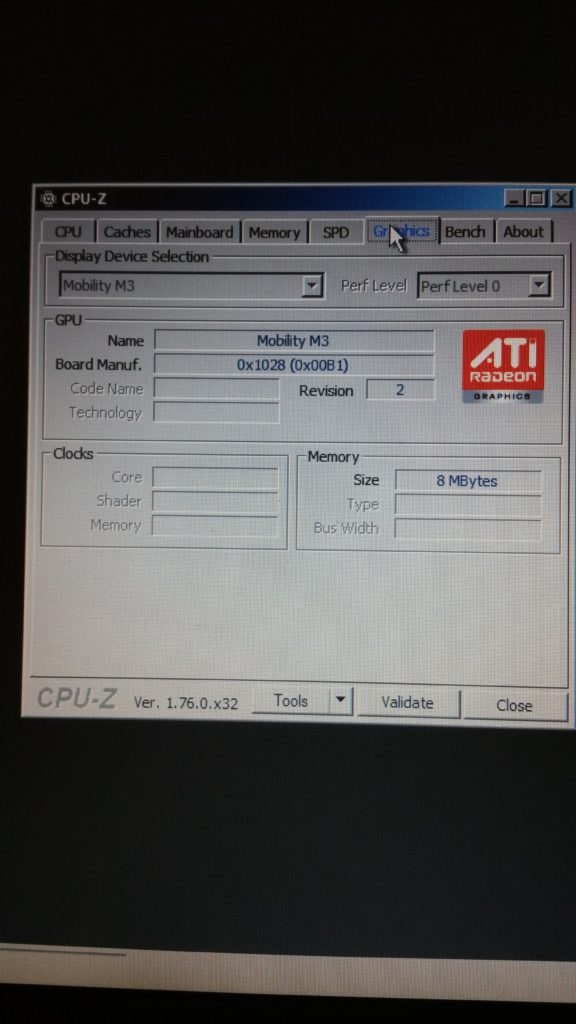
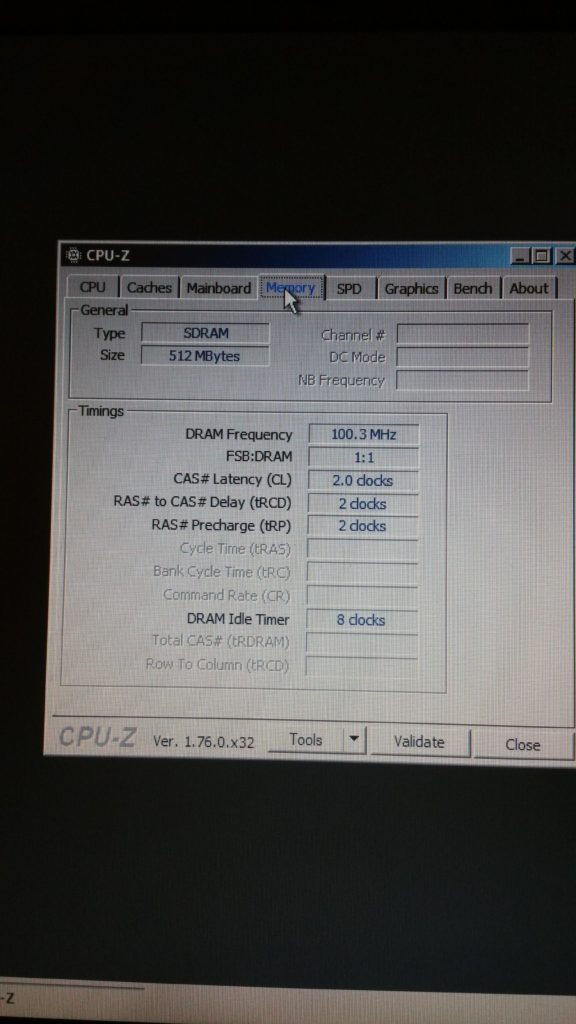
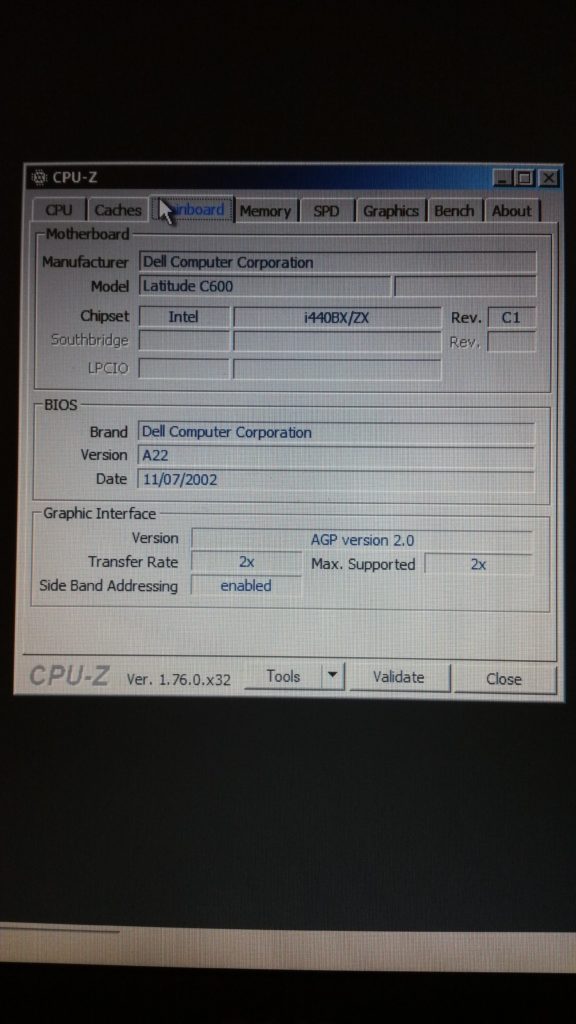
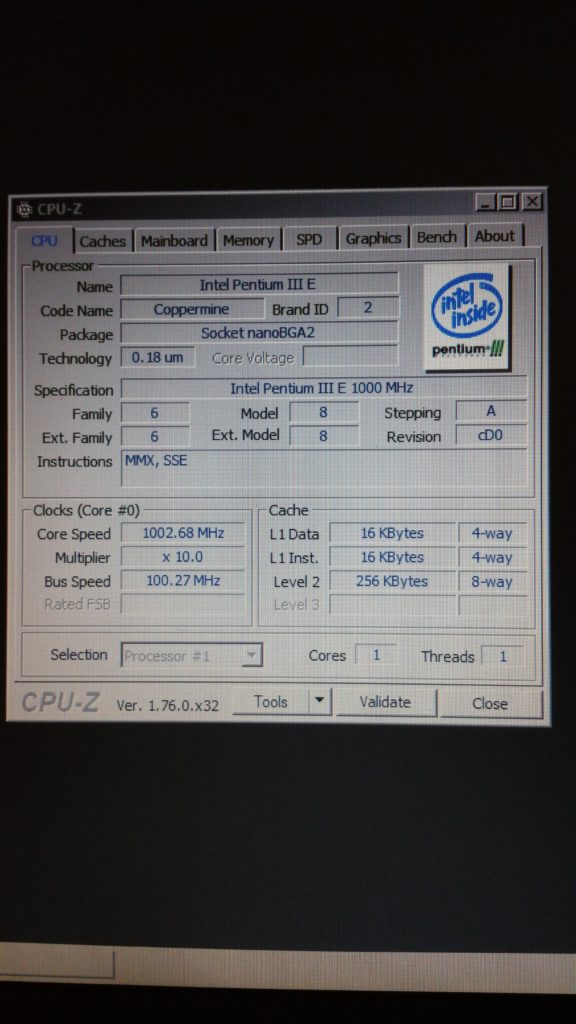

Pingback:Digital Archaeology Expedition #3 – Dell C600 | megalextoria